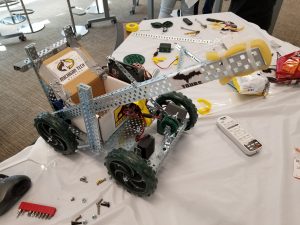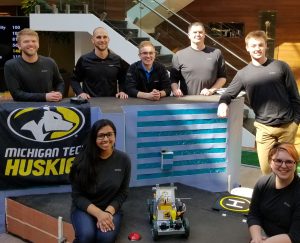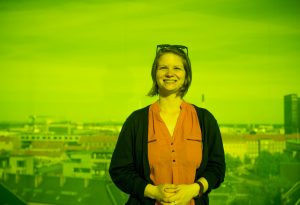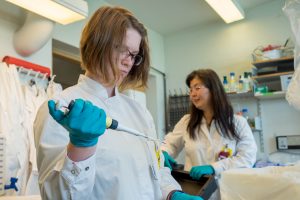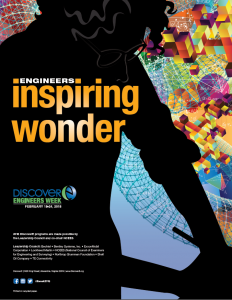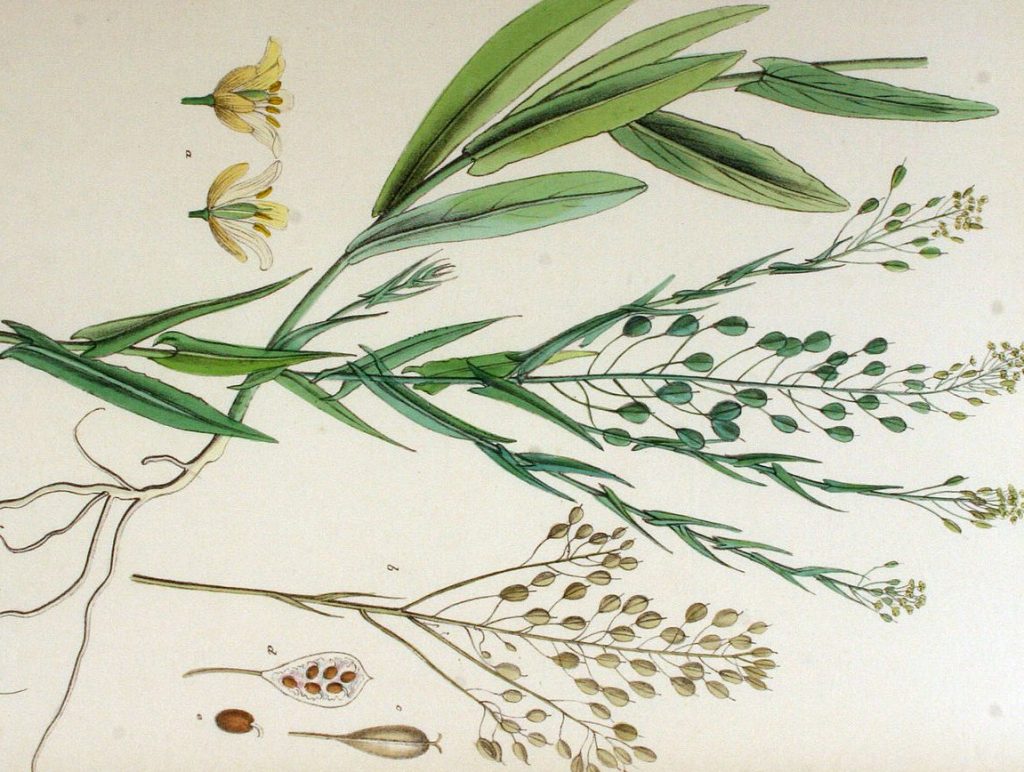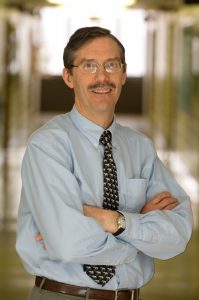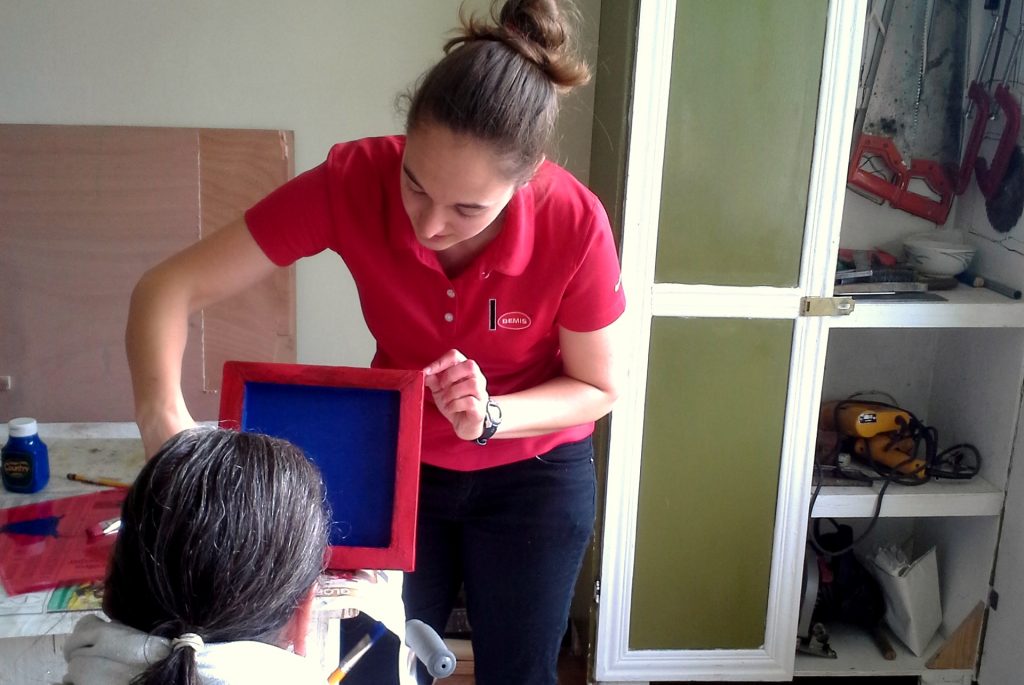
As a mechanical engineering senior at Michigan Tech, Alexandra Tateosian left campus for Cartago, Costa Rica thinking she would be assisting with the construction planning of a center for disadvantaged youth as a volunteer for the non-profit organization UBELONG.
Tateosian wanted to spend time abroad before beginning a full-time job at 3M. After tutoring many international friends in English while studying in Australia, she began considering living abroad to teach English or for other volunteering opportunities. Her experiences as an intern for two international companies, Bemis Company and 3M, also sparked her interest in working abroad at a future point in her career.
The day she arrived in Cartago she learned that instead she would be working at a care center for the elderly. “The drastic change in projects was a good lesson in the nature of volunteerism as well as the importance of flexibility and adapting to local needs,” says Tateosian.
“I was able to make the most out of the new experience and learned a lot by approaching it with an open mind.”
While the center is very familiar with having volunteers come to assist staff, Tateosian was the first international volunteer to come with the objective of working on a specific project. “The first step was to identify areas of need,” she says. “We decided to focus on the Taller de Carpinteria (the woodshop).” One portion of her volunteer work she helped assess safety recommendations for the tools and equipment. She also designed woodworking projects to get more of the seniors involved, including building and painting puzzles that are used in other areas of the center as mind exercises.
“One goal was for me to train some of the seniors to be leaders for future projects after I left.” Tateosian worked closely with the staff to coordinate all the details. “It was certainly an amplified lesson in the importance of communication due to the language barriers,” she says.
“Exposing myself to different places and cultures became an important part of my life. I learned about human nature and how people interact similarly and differently and reasons for the differences,” adds Tateosian.
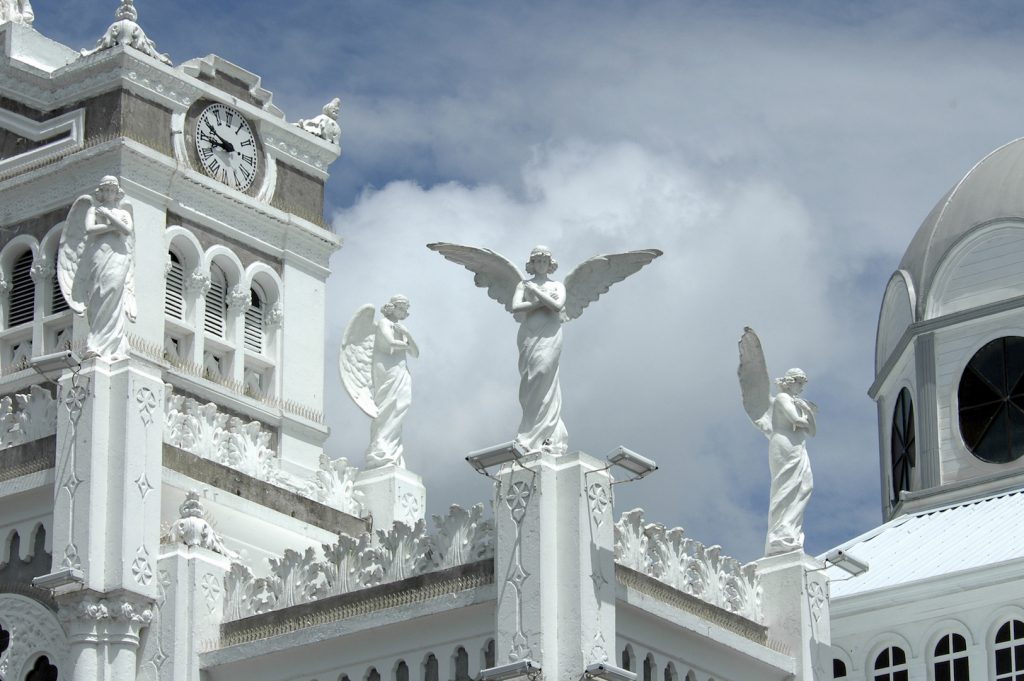
Cartago is about a one-hour bus ride from San José, the capital city of Costa Rica, with many restaurants, museums, and other sites. Tateosian climbed to the top of Volcán Poás. She ate dinner each night with her host family and took a rock climbing and mountain biking trip nearby. On a visit to nearby Nicaragua to explore Ometepe Island she happened to meet a fellow Tech student in the Peace Corps Master’s International Program.
Her most memorable experience while living, working and studying abroad? “At the care center we ran an activity with the seniors where they reflected on what amor (love) meant to them. Afterwards, an elderly woman approached me and said ‘este es amor’ (this is love) and gave me a big hug.”
Alexandra Tateosian earned a BS in Mechanical Engineering at Michigan Tech in 2014. She is now an Advanced Project Engineer at 3M.
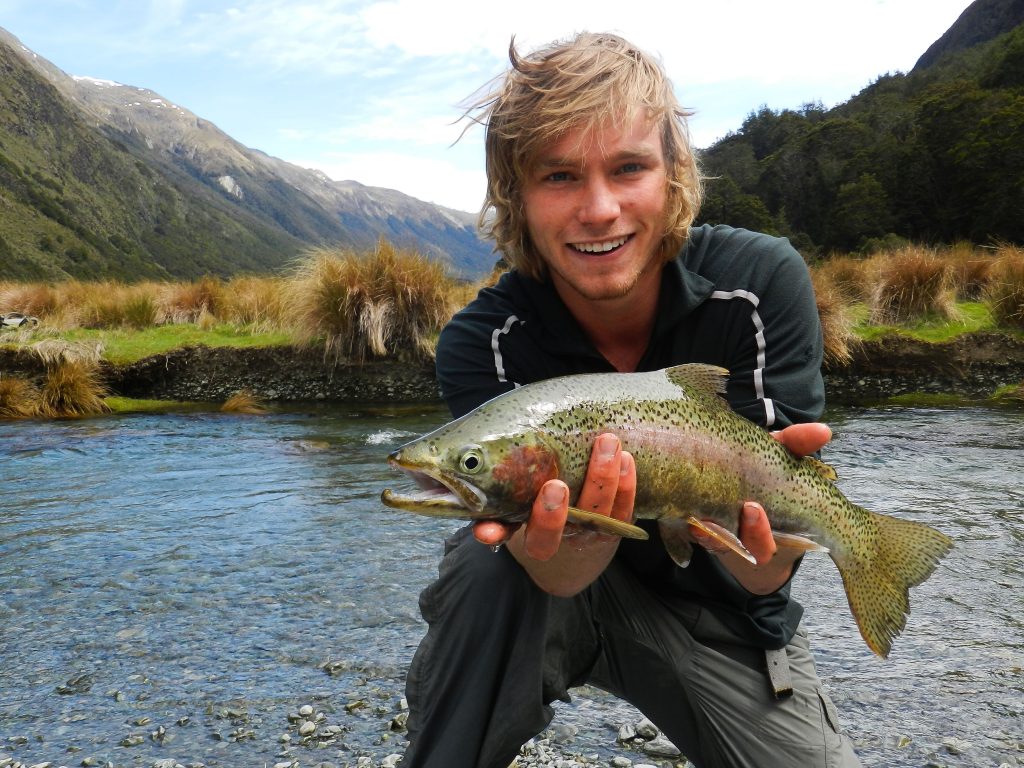



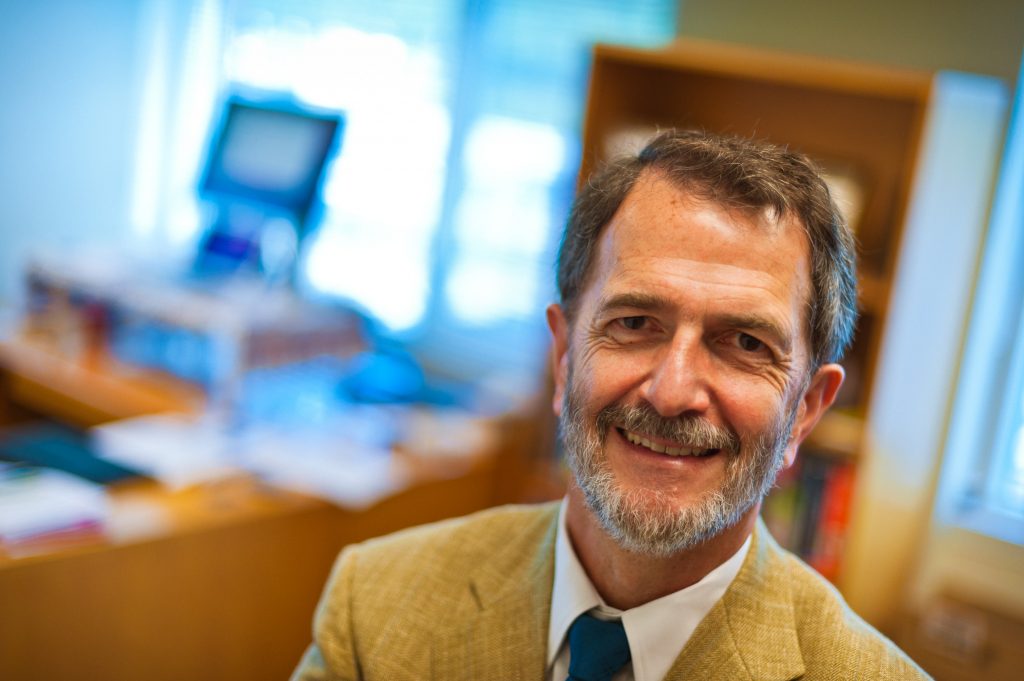
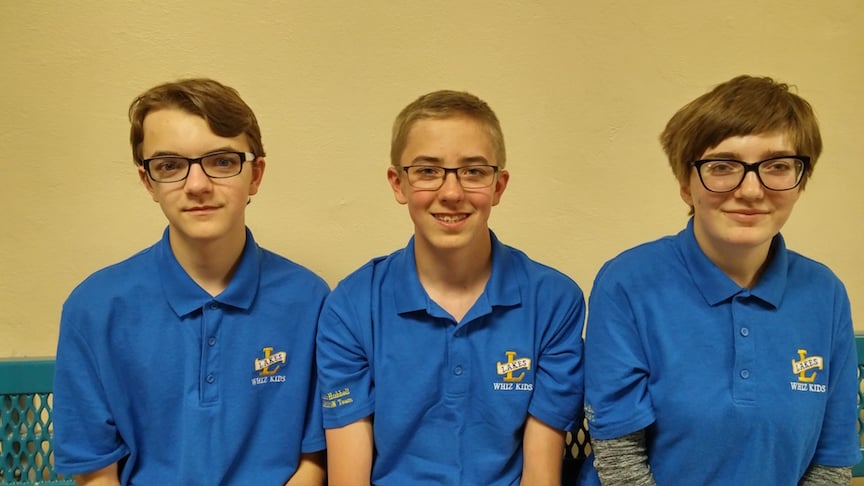



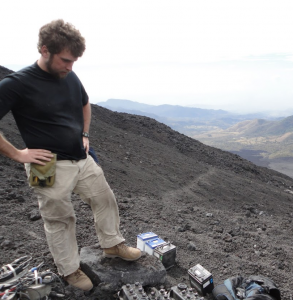
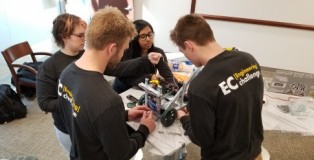 A team of
A team of 